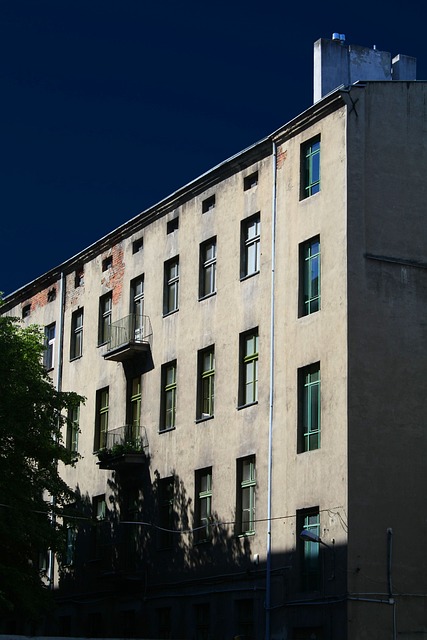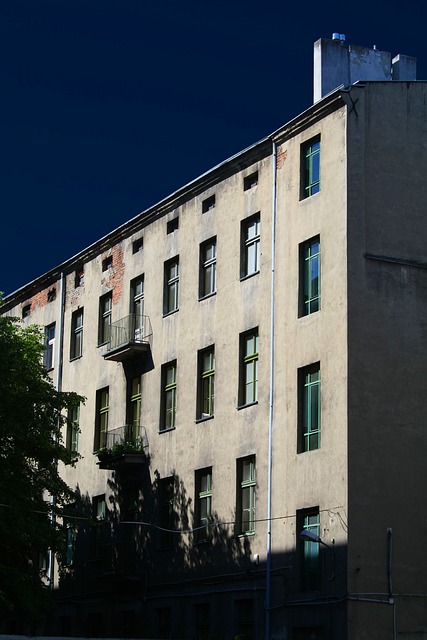In competitive real estate markets, quick and efficient maintenance request management is crucial for property success. Implementing digital tools like apps, software, and IoT sensors improves communication, prioritizes issues (emergencies vs non-emergencies), and automates routine tasks, enhancing tenant satisfaction and property preservation. These strategies ensure professionalism, strengthen client relationships, and positively impact overall rental or property management experiences.
In the dynamic realm of real estate, addressing maintenance requests promptly and effectively is paramount to ensuring tenant satisfaction and property value. This article explores strategies and tools tailored to streamline maintenance processes in real estate. We delve into understanding the urgency of prompt responses, discussing effective management techniques, and introducing systems that revolutionize how properties handle maintenance requests, ultimately enhancing overall property management.
Understanding Prompt Maintenance Response in Real Estate

In the fast-paced world of real estate, prompt maintenance response is not just a service—it’s a competitive advantage. Clients today expect immediate attention to their concerns, whether it’s a leaky faucet or a faulty electrical outlet. Understanding the importance of quick responses involves recognizing that time is a valuable commodity in this industry. Every minute a maintenance issue goes unresolved is potential lost satisfaction and trust from your clients.
Efficiently addressing maintenance requests requires a well-oiled machine behind the scenes. This includes having a robust communication system, trained staff, and readily available resources. In real estate, where first impressions matter, promptness demonstrates professionalism, fosters client relationships, and can significantly enhance rental or property management experiences.
Strategies for Effective Management of Requests

In the dynamic realm of real estate, prompt and effective maintenance request management is key to ensuring high tenant satisfaction and property preservation. The first step involves implementing a robust communication system that facilitates clear, consistent interactions between tenants, property managers, and service providers. This could include dedicated mobile apps or online portals where requests can be submitted, tracked, and updated in real-time.
Additionally, establishing prioritized response protocols is essential. Emergencies like leaky pipes or power outages should be addressed immediately to prevent further damage. For non-emergency requests, creating a tiered system based on the urgency and impact of the issue can help optimize resource allocation. Regularly reviewing and refining these strategies based on feedback and performance data ensures that the maintenance request management process remains efficient and tailored to the specific needs of the property and its occupants.
Tools and Systems to Streamline Maintenance Process

In today’s digital era, Real Estate professionals can greatly enhance their maintenance request management by leveraging advanced tools and systems. Property management software, for instance, offers centralized platforms where tenants or property managers can log maintenance issues, setting clear communication channels and tracking progress in real-time. These solutions streamline the entire process, from initial report to resolution, ensuring efficient resource allocation.
Furthermore, integrating smart home devices and IoT (Internet of Things) sensors into properties adds another layer of efficiency. These technologies enable proactive maintenance by alerting managers about potential issues before they escalate. Automated systems can also schedule routine tasks, reducing manual workload and minimizing delays in addressing requests, ultimately enhancing tenant satisfaction in the process.






